Zero based budgeting is a method that helps you make the most of your monthly income. It doesn’t mean you should splurge on shopping sprees, though. It’s important to have goals like saving money, paying off debts, and enjoying some fun activities.
The concept behind zero-based budgeting, also known as zero-sum budgeting, is to assign a purpose to every penny you earn. By doing this, you ensure that your money is well-spent and doesn’t go to waste. So, whether you’re setting aside money for the future, clearing debts, or treating yourself, zero-based budgeting helps you stay organized and make smart financial decisions.
Contents
- 1 What is zero-based budgeting?
- 2 How does a zero-based budget work?
- 3 Zero-based budget with an irregular income?
- 4 Why is Zero-based budgeting Important
- 5 Zero-based budgeting example
- 6 How to start a zero-based budget
- 7 Zero-based budgeting Advantages and Disadvantages
- 8 Zero-based budgeting vs Traditional budgeting
- 9 How To Know if Zero-based Budgeting is Right for You
- 10 Zero-based budgeting tools
- 11 Conclusion on Zero-Based Budgeting
What is zero-based budgeting?

Zero-based budgeting, also known as ZBB or zero-sum budgeting, is a special type of budget that assigns a purpose to every dollar you earn. It begins afresh each month to help you keep track of expenses and handle your money wisely. see 60 smart budgeting tips to save money.
This budgeting approach has been around since 1924, and the government started using it in the 1970s. Nowadays, big companies mostly rely on zero-based budgeting, but individuals and families can benefit from it too. The main idea is simple: Your income minus your expenses and savings should equal zero.
Do you find yourself spending your paycheck too quickly? Would you like to have more money for savings, paying off debts, or reaching long-term goals? If so, creating a budget could be helpful in managing your money.
Now, where do you start? There are various ways to create a budget, but you might consider giving zero-based budgeting a try. With this method, you begin with a clean slate and decide exactly where each dollar should be allocated. See things to cut from your budget.
How does a zero-based budget work?
Let’s say someone earns $3,000 per month. They can divide it like this: $2,000 for bills, $500 for savings, and $500 for fun. Each dollar has a purpose. If their car needs $200 for repairs, they can use that money from savings or fun funds, still leaving them with $300 in that category. Budgeting helps you know where your money is going.
Zero-based budget with an irregular income?
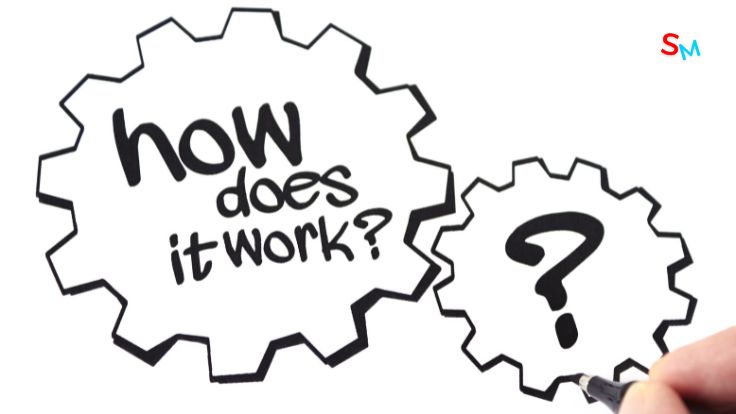
Not everyone has a regular salary job. Some people work jobs where their schedules and paycheck change all the time. Others earn money based on how many sales they make, like getting a commission. Some people also work extra hours or side jobs to earn more money when they can.
While zero-based budgeting can be a bit trickier for those with irregular incomes, it’s still possible to make it work.
To handle an irregular income, it’s a good idea to calculate the lowest amount you make at each job. This way, you’ll have a conservative estimate and won’t run out of money by the end of the month. You can also use a money-tracking app to keep track of your income and expenses.
If you end up earning more money than expected, you have the freedom to decide how to use it.
Why is Zero-based budgeting Important

Taking control of your money through budgeting helps you get closer to financial freedom (as long as you stick to your budget!). Using a zero-based budgeting method also improves your spending choices because every pound has a specific purpose.
Anyone can use a zero-based budget. When you assign every pound to different categories, it’s harder to lose track of your spending. You’ll learn valuable insights about where your money goes.
Budgeting can be a bit overwhelming, especially if you want to save more money. It makes you plan ahead for how you want to spend your money.
But if it helps you break bad spending habits or reduce your debt, the long-term benefits are worth the effort of keeping an eye on your finances.
Zero-based budgeting example
| EXPENSES | TOTAL COST |
| TOTAL INCOME | £2150 |
| Rent | £800 |
| Bills | £500 |
| Entertainment | £175 |
| Groceries | £150 |
| Credit Card Repayments | £150 |
| Emergency Fund | £100 |
| Savings for House Deposit | £100 |
| Transport | £100 |
| Personal Care | £50 |
| Christmas Savings | £25 |
| TOTAL BALANCE REMAINING | £0 |
In this Zero-based budgeting example, every penny is assigned a purpose. There’s no leftover money for random spending. If you’ve budgeted wisely and still have money left over, you should put it towards your long-term savings goals or things you want to buy as a treat.
If you see that your balance is negative after making your budget, you’ll need to look at your spending in different areas and find ways to cut back. This will help you avoid getting into debt. If cutting back isn’t enough, you might need to find other ways to make more money.
How to start a zero-based budget

1. Do You Know Your Total Income?
To start budgeting, you need to figure out how much money you have in total, including your wage and any benefits. This total amount will be at the top of your budgeting sheet. It’s a good idea to write down all your expenses, either on a spreadsheet or a notepad on your phone, to stay organized.
Many people find that using a zero-based budget from the day they get paid is the best approach. It works whether you get paid monthly or weekly.
To begin, make two columns: one for the names of your different expense categories and another for the amount of money you want to assign to each category. If you want, you can add a third column to mark off your expenses as they leave your account so you can stay updated.
Tip: If you’re not sure if writing your budget on paper or your phone will be enough for you to keep track, there are lots of budgeting tools and apps online that can help you with this part.
2. List all your expenses
The next step is to make a list of all your expenses, like bills, food, transportation, savings, and entertainment. Basically, anything you spend money on. This will show you all the important things you need to set money aside for. By doing this, you can take care of your basic needs and avoid using your savings, overdraft, or credit card.
The best way to organize your budget is to start with the biggest expenses first, like your rent or mortgage, and then go down to smaller things like your £9.99 Spotify bill. Now, you can group similar expenses together to make your budget easier to understand. For example, you could put Netflix, Spotify, and Amazon Prime under the category of “Entertainment” or “Subscriptions.”
To make sure you don’t forget anything, it’s a good idea to check your bank statement to see if you missed any expenses. Also, Pinterest has lots of sample budgets that can remind you of any additional bills or living costs.
3. Analyse Your Previous Spending
Now, it’s time to look back at your spending from the past few months. This will help you see how much you usually spend in each category and give you a starting point for your budget. If you have extra money left over, as we mentioned before, you should assign it to one of your categories. The same goes if you’re spending more than you should each month – you need to find ways to reduce your costs.
Take a moment to compare your essential spending with your luxury (or non-essential) spending. This will show you the areas where you can cut back – we’re talking about those frequent Uber Eats and Deliveroo orders!
With your new budget taking shape, it’s also a good time to develop better financial habits. You can start by setting up a savings account, a rainy-day fund, or even planning ahead for holidays or special occasions like Christmas. This way, you give every dollar a purpose and set practical financial goals for yourself.
4. Keeping Your Budget Simple
Keeping track of your income and expenses in one place is the best way to stay on top of your budget. Using a single bank account for all your spending is a good way to start!
Another helpful tip is to set up automatic bill payments using Direct Debits and Standing Orders. This way, you’ll know the exact day when those payments will be deducted from your account. It gives you peace of mind knowing that your bills are paid on time.
5. Make it equal to zero
No matter how you divide your income among expenses, zero-based budgeting means giving every penny a purpose.
If you earn more money than you thought, put it into specific categories until you reach zero. One option could be adding it to your savings.
If you end up with less money than you need, you may have to reduce expenses in one or more categories. For instance, if your water bill is high for one month, you can choose to cook at home instead of eating out to save money.
6. Adjust and Monitor Your Budget on a Monthly Basis
Once you complete your first month of zero-based budgeting, it’s important to review each expense to see if they will stay the same for the next month. If not, you must adjust your spending categories to ensure your total is still zero.
Looking at your budget at the end of the month or when you get paid next will help you reflect on your spending habits and find ways to improve how you manage your money.
If your budget got messed up the previous month because of unexpected expenses, don’t worry. You can use that experience as a starting point and don’t have to begin from scratch. Just make sure to include those costs in your new budget. It’s also helpful to keep track of birthdays or any unexpected events that might affect your budget, so you can plan for them in advance.
Zero-based budgeting Advantages and Disadvantages
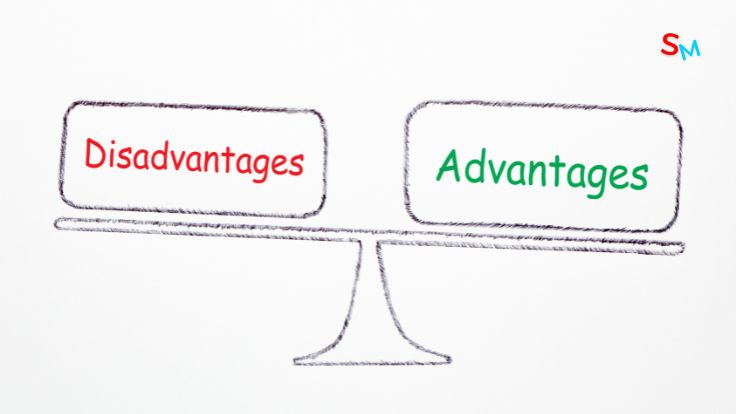
Advantages of Zero-based budgeting
Zero-based budgeting helps you know where every dollar goes, which can in turn help you make smart choices with your money and avoid impulsive purchases. Planning your finances monthly can make budgeting easier to handle.
Disadvantages of Zero-based budgeting
One disadvantage of zero-based budgeting is that the first budget can take some time especially if you’ve never done it before. Creating a new zero-based budget every month needs discipline, attention to detail, and practice. It can be challenging if your income or expenses keep changing.
Zero-based budgeting vs Traditional budgeting
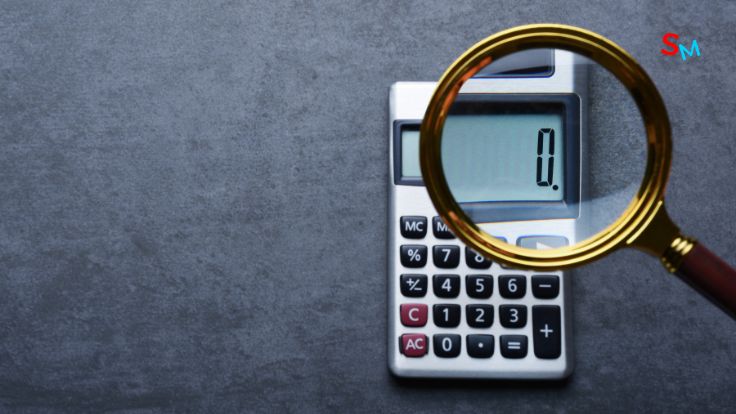
Traditional budgets are usually created by looking at how much was spent in the past and adjusting the new budget by a certain percentage. The problem with this method is that it doesn’t carefully analyze and change spending habits to reduce waste. Many well-known companies have budgets that are too high because of this. Some of the areas where the waste usually occur are:
- Buying too much inventory.
- Using outdated office equipment.
- Paying for duplicate software subscriptions or not managing them well.
- Outsourcing tasks that could be done in-house.
- Wasting energy.
- Spending too much on office supplies.
Zero-based budgeting, on the other hand, is a system that tracks expenses in real-time. Since you only focus on the current period, there’s no chance of carrying over unnecessary costs or expenses that aren’t needed anymore. If any of these wasteful expenses show up during a zero-based budget, they can be identified and eliminated right away.
Key Differences Between Traditional and Zero-Based Budgeting
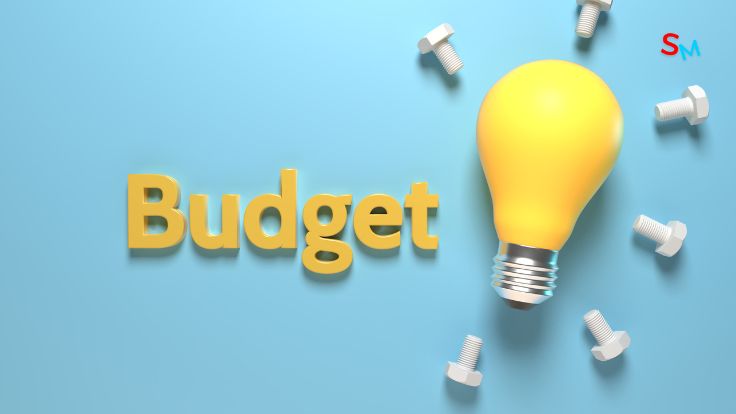
- Traditional budgeting starts with a reference point, while zero-based budgeting always starts from zero.
- Traditional budgeting uses last year’s expenses as a starting point, but zero-based budgeting assigns budgets based on strategy for each unit or department.
- Traditional budgeting is simple and done regularly with a similar approach, while zero-based budgeting is more complicated as it encourages re-evaluation as you go.
- Traditional budgeting relies on historical information and focuses on accounting, while zero-based budgeting uses estimated data and focuses on decision-making.
- Traditional budgeting encourages similar costs to the previous year, but zero-based budgeting promotes cost-effectiveness.
If you’re shifting from traditional to zero-based budgeting, it’s a good idea to review automated bill payments. Older companies might have automated expenses that are no longer needed. Look for subscriptions, marketing fees, and utility bills for locations that are no longer in use.
How To Know if Zero-based Budgeting is Right for You

“Zero-based budgeting is a helpful way to understand how much you spend compared to how much money you actually bring home,” says Zhao. Even if you switch to a different budgeting system later on, it’s still a valuable exercise. It can be especially useful for people whose financial situation recently changed.
For example, some people are going back to the office after the COVID-19 pandemic, and they have to pay for commuting again. Zhao explains, “Zero-based budgeting can help them figure out how to balance this new expense with their income.”
Generally, people with a regular income, like a fixed salary, find it easier to manage a zero-based budget every month. But even if your income is less predictable or changes, you can still benefit from it, even if it’s a bit more challenging to calculate every dollar you earn.
In the end, the best budget for you is the one that helps you reach your financial goals and is something you can stick to.
Zero-based budgeting tools
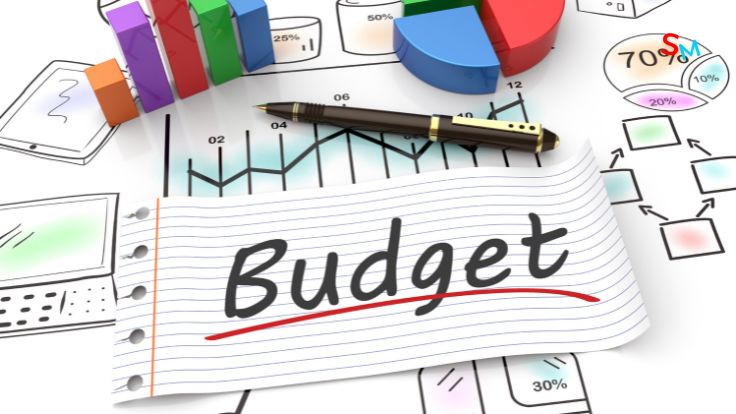
1. Mint
Mint has a free version that most people use, but if you don’t like ads, you can pay 99 cents a month for the ad-free version. There’s also a premium version that costs $4.99 a month and gives you extra features like managing subscriptions and getting more detailed spending information. It’s great for people who are new to budgeting and want an easy way to keep track of their money.
Here’s how it works: The app looks at your credit history to find all your different accounts, like checking, savings, credit cards, loans, investments, property, and taxes. It asks if you want to add them to the app. Then, based on your past spending, it suggests how much money you should set aside for different categories like groceries or entertainment. You can also decide how much you want to save each month for long-term goals.
2. You Need A Budget (YNAB)
You Need A Budget is an awesome budgeting app that can help you a lot. It’s a favourite among fans and has really cool features. It’s especially great for zero-budgeting.
With YNAB, you get a template to create your budget. You can make spending categories and see how your income compares to your expenses using your bank account.
Another cool thing about YNAB is that it can automatically import your transactions. This helps you keep track of your spending habits easily.
You can also set and track goals using the app. You can download it on your phone and computer.
Sadly, YNAB doesn’t have a free version. But you can try the paid version for free for 34 days without even giving your credit card details. You can explore all the features without worrying about the cost.
3. Every Dollar
Every Dollar’s main idea is being flexible with your money. It believes in making sure every dollar has a purpose. This sounds similar to what zero-based budgeting aims for.
There are two versions of the app: free and premium. The free version has limited features, but it’s enough for regular budgeting tasks like tracking your spending and saving for retirement. You can also schedule payments, like paying off debts, using the app.
The premium app offers customizable budget templates. For instance, you can use it to create a zero-sum budget where every dollar is allocated to a specific category.
4. Tiller Money
Tiller Money is a great budgeting app that makes saving money easy and smooth. It’s especially good for people interested in zero-based budgeting.
Firstly, it offers different zero-based budget templates to choose from. It also connects to your bank account, so you can see your balance in real-time, track your daily spending, and allocate funds where they’re most needed.
The app also takes security seriously to protect your money from thieves and bad people. However, it’s not free. The good news is that it has a 30-day money-back guarantee. During this time, you can try the app on multiple devices, and if you’re not satisfied with the service, you can request a refund.
5. Personal Capital
Personal Capital is a great app for managing your money. It uses zero-based budgeting and has cool features to keep your finances in check. It’s free and helps you track your spending and expenses. Syncing it with your bank account gives the best results.
There’s also a premium version for those who have at least $100,000 in savings and want advanced investment options. Personal Capital is a highly recommended app that can help you achieve financial freedom. By using it, you can pay off loans and save money to invest in the future.
6. Monarch Money
Monarch Money is a budgeting tool that costs $14.99 per month or $99.99 per year. It’s great for people who want to reduce expenses and save more money, especially couples or families. Similar to YNAB, Monarch uses a budgeting method called zero-based budgeting, where you assign a purpose to every dollar you earn. Monarch has more automation and fewer notifications compared to YNAB, which makes it attractive to those who don’t want to be involved in every transaction.
7. Honeydue
Honeydue is a free budgeting app that follows the zero-based budgeting approach. It’s great for couples who want to manage their finances together. With Honeydue, you can connect your different cards and accounts and choose whether they belong to you, your partner, or both of you. You can also keep track of shared expenses. It’s helpful because some couples like seeing each other’s spending to stay responsible and accountable for their money.
8. NerdWallet Money Tracker
NerWallet Money Tracker is a free budgeting app that’s great for beginners who don’t want to pay for a budgeting tool.
When you sign up, you can link your different accounts such as credit cards, debit cards, savings, loans, and investments. Then, you provide some personal information. The app will automatically sort your past transactions into categories and access your credit score and history. It helps you keep track of your money easily.
Conclusion on Zero-Based Budgeting
After reading this, there are two important things to remember. First, budgeting is necessary, not just a luxury. Planning how you spend your money ahead of time can really help your finances. It helps you save money and improves your credit score. Budgeting apps can make it easier to save, pay off debts, and improve your creditworthiness.
Secondly, zero-based budgeting is a great technique to use. It looks at your past months to plan your future income and expenses. Every dollar you earn has a purpose, so you don’t have money sitting around doing nothing.
So, consider starting a budget if you haven’t already. And think about trying zero-based budgeting too.
Leave a Reply